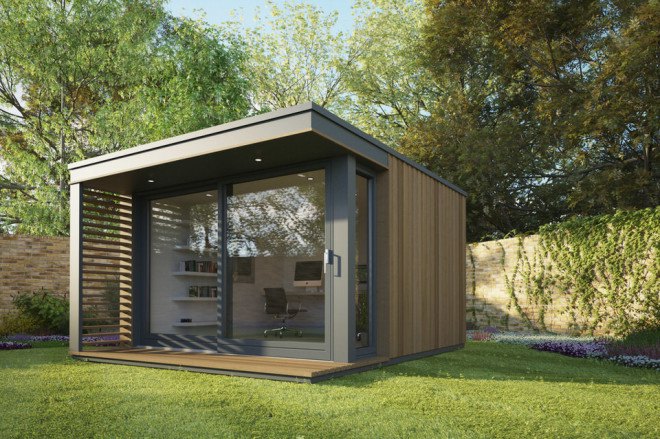The 7 Most Common Mistakes to Avoid When Choosing Wooden Outdoor Structures
The 7 Most Common Mistakes to Avoid When Choosing Wooden Outdoor Structures
Blog Article

1. Not Considering the Right Type of Timber
One of the most common mistakes people make is choosing the unsuitable type of wood. Different woods have distinct levels of strength, resistance to weather, and upkeep needs. Dense timbers like Western Cedar are great choices because they inherently withstand rot and termites, making them perfect for outdoor use.2. Overlooking Regional Weather Factors
The United Kingdom’s ever-changing weather can affect exterior structures. Forgetting to factor in how rain, storms, and climate changes will affect your timber structure can lead to premature aging. Make sure to choose weather-resistant materials and sealants to ensure durability.3. Neglecting Proper Foundations
A typical mistake is failing to set up a solid base. Timber structures, especially cabins, need a even and sturdy groundwork to avoid issues like distortion and shifting. A poorly constructed foundation can cause long-term support problems, so ensuring proper foundation work is crucial.4. Opting for the Incorrect Dimensions
Many buyers either overestimate or fail to gauge the dimensions of their timber buildings. Too small, and you might run out of space; too big, and it could take over your yard. Before making a purchase, properly measure the designated space and factor in how you’ll utilize the structure in the coming years.5. Not Factoring in Care
Wood requires upkeep to stay in optimal condition. Neglecting to regularly coat, paint, or weatherproof your wooden addition can lead to discoloration, mold, or termite damage. If you prefer a hassle-free option, go with high-quality timber that requires minimal maintenance.6. Avoiding Qualified Construction
While do-it-yourself tasks can be fulfilling, assembling a timber unit without skilled guidance can lead to stability problems. Hiring trained professionals ensures correct construction, preventing delays, frustration, and future fixes down the road.Final Thoughts
Avoiding these common pitfalls will help you own a timber outdoor structure that is durable, useful, and visually appealing. If you're interested in professional guidance and premium craftsmanship, consider reaching out to the experts in summer house glasgow custom solutions that match your needs. Report this page